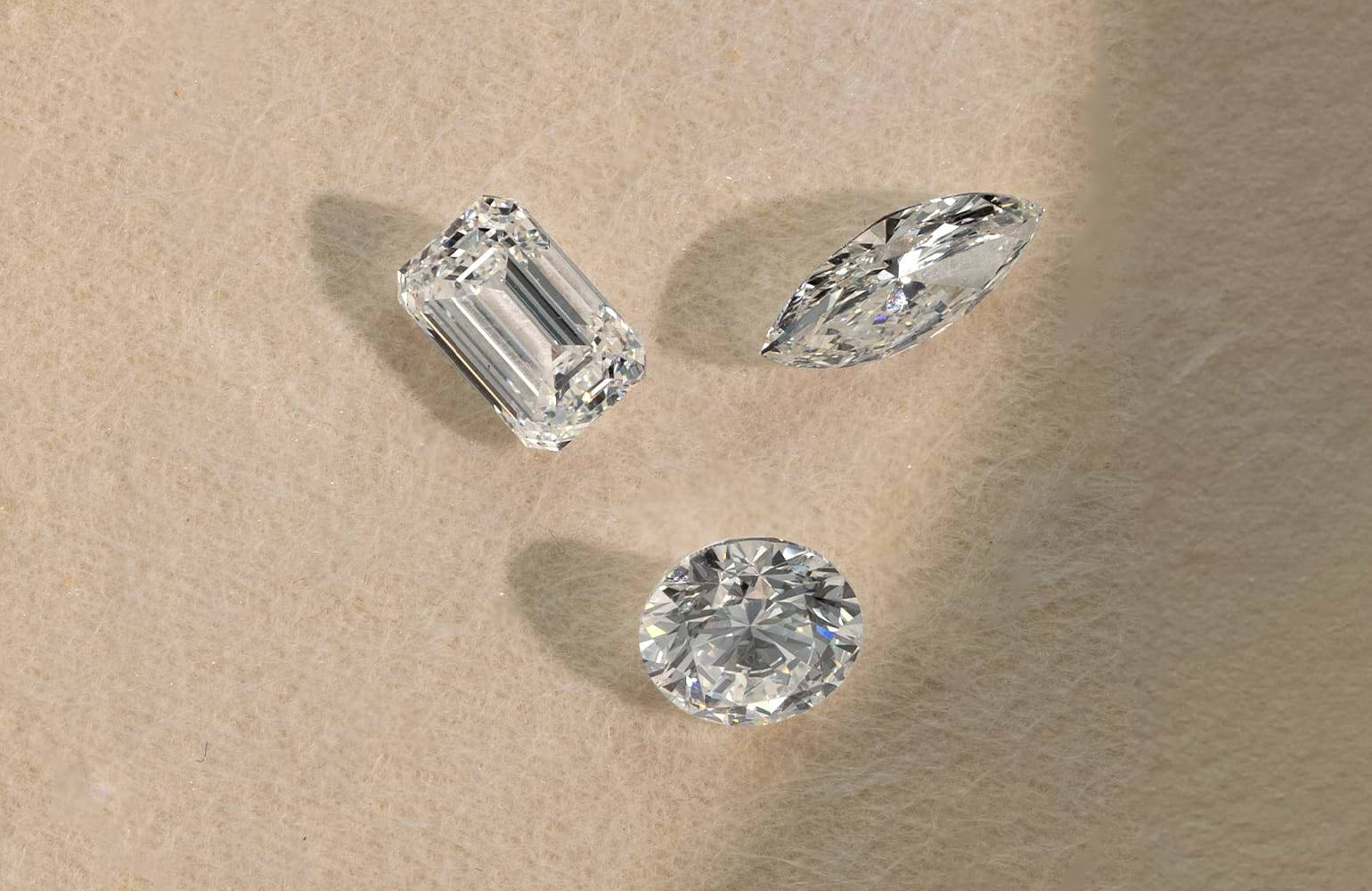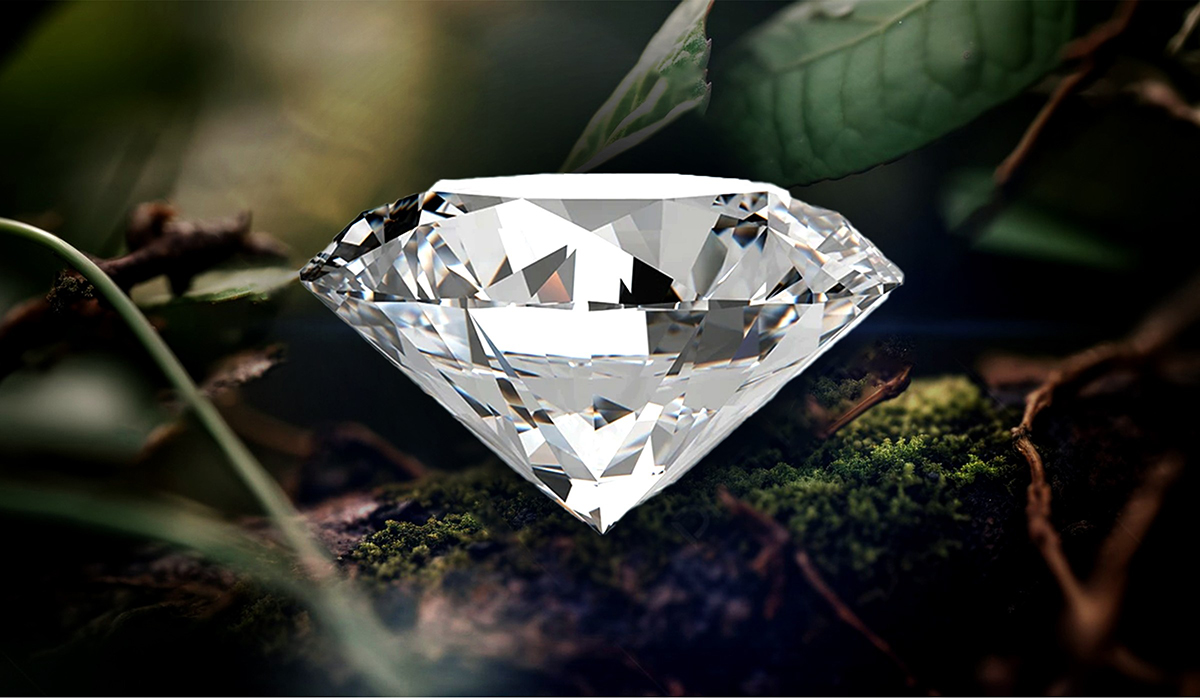Lab grown diamonds are gaining popularity in the world of fine jewelry due to their eco-friendly and affordable nature. These diamonds are created in a controlled laboratory environment, offering the same brilliance and physical properties as natural diamonds. One of the most important factors when choosing a lab grown diamond is understanding the various lab grown diamonds cuts, which can enhance its beauty and brilliance. In this article, we will explore the significance of lab created diamonds, their different cuts, and how to choose the perfect one for your jewelry collection.
Table of Contents
ToggleWhat Are Lab Grown Diamonds?
Lab grown diamonds, also known as lab created diamonds, are chemically identical to natural diamonds. The primary difference between the two lies in their origin. While natural diamonds are formed deep within the Earth over millions of years, lab created diamonds are made in laboratories using advanced technology. These diamonds are produced through two main methods: High Pressure High Temperature (HPHT) and Chemical Vapor Deposition (CVD).
One of the key advantages of lab grown diamonds is their ethical and environmental impact. They do not require mining, which can have significant environmental and social consequences. Lab created diamonds are an attractive option for consumers looking for a more sustainable alternative to mined diamonds.
Lab Grown Diamond Cuts: Enhancing Beauty and Sparkle
Lab grown diamonds come in a variety of cuts, each designed to maximize the diamond’s brilliance and sparkle. A well-chosen lab grown diamond cut can elevate the visual appeal of the stone, making it the perfect choice for engagement rings, necklaces, or other fine jewelry.
One of the most popular lab grown diamond cuts is the round brilliant cut. Known for its exceptional sparkle, this cut is designed with 58 facets, which reflect light from different angles to create a dazzling effect. Other popular cuts include princess, cushion, emerald, and oval. Each of these cuts offers a unique appearance and appeals to different tastes.
The choice of lab grown diamond cut depends on personal preferences, budget, and the setting in which the diamond will be placed. For instance, an oval cut lab grown diamond may offer a more elegant and elongated appearance, while a cushion cut can add vintage charm. Ultimately, the cut of a lab created diamond plays a critical role in determining its visual impact and overall appeal.
The Quality of Lab Created Diamonds
Lab created diamonds are graded using the same criteria as natural diamonds, known as the Four Cs: carat weight, cut, color, and clarity. Among these, the cut is the most important factor in determining the overall appearance of the diamond. When considering lab grown diamonds, it is essential to pay close attention to the cut quality, as it influences the diamond’s brilliance and light performance.
In addition to the cut, the clarity of a lab grown diamond is also crucial. Most lab created diamonds have few or no inclusions, making them an attractive choice for those seeking a flawless stone. Lab grown diamonds are available in a range of colors, from colorless to shades of yellow and brown, with the best options being colorless or near-colorless.
Benefits of Lab Grown Diamonds
The benefits of lab created diamonds extend beyond their environmental and ethical advantages. These diamonds are often less expensive than their mined counterparts, making them a cost-effective choice for consumers. Despite the lower price tag, lab grown diamonds offer the same visual appeal, durability, and longevity as natural diamonds.
Lab grown diamonds are also a versatile option for those who value customization. Since they are created in a lab, it is easier to control the size, shape, and other attributes of the diamond. Consumers can choose the perfect lab grown diamond cut that suits their individual preferences and the specific requirements of their jewelry design.
How to Choose the Right Lab Grown Diamond Cut
When selecting a lab grown diamond, it is essential to consider the cut in relation to the overall design of the piece. For instance, if you are looking for a classic and timeless engagement ring, the round brilliant cut lab grown diamond is a great choice. If you prefer something more unique or modern, other cuts such as the emerald or princess cut may be more suitable.
In addition to the cut, the size and setting of the diamond are important factors to keep in mind. A larger lab created diamond with a well-executed cut can make a bold statement, while a smaller stone may provide a more subtle and delicate appearance. It is also important to consider the type of metal for the setting, as certain metals can complement specific cuts of lab grown diamonds.
The Future of Lab Created Diamonds
As technology continues to advance, the production of lab grown diamonds is becoming more efficient and affordable. This means that lab created diamonds are expected to become even more popular in the future, as more consumers seek sustainable, ethical, and cost-effective alternatives to mined diamonds.
The growing demand for lab grown diamonds has also led to innovations in diamond cutting techniques. With the ability to create diamonds in a laboratory, jewelers are now able to experiment with new cuts and designs that were previously impossible with natural diamonds. This evolution in lab grown diamond cuts provides consumers with even more choices when selecting their ideal stone.
Conclusion
Lab grown diamonds, particularly those with high-quality cuts, are an excellent choice for those seeking a sustainable, ethical, and affordable alternative to mined diamonds. Whether you are purchasing a diamond for an engagement ring, a necklace, or any other piece of jewelry, the cut of the diamond plays a crucial role in its overall appearance and brilliance. By understanding the different lab grown diamond cuts and the factors that influence their quality, you can make an informed decision that aligns with your preferences and values.


